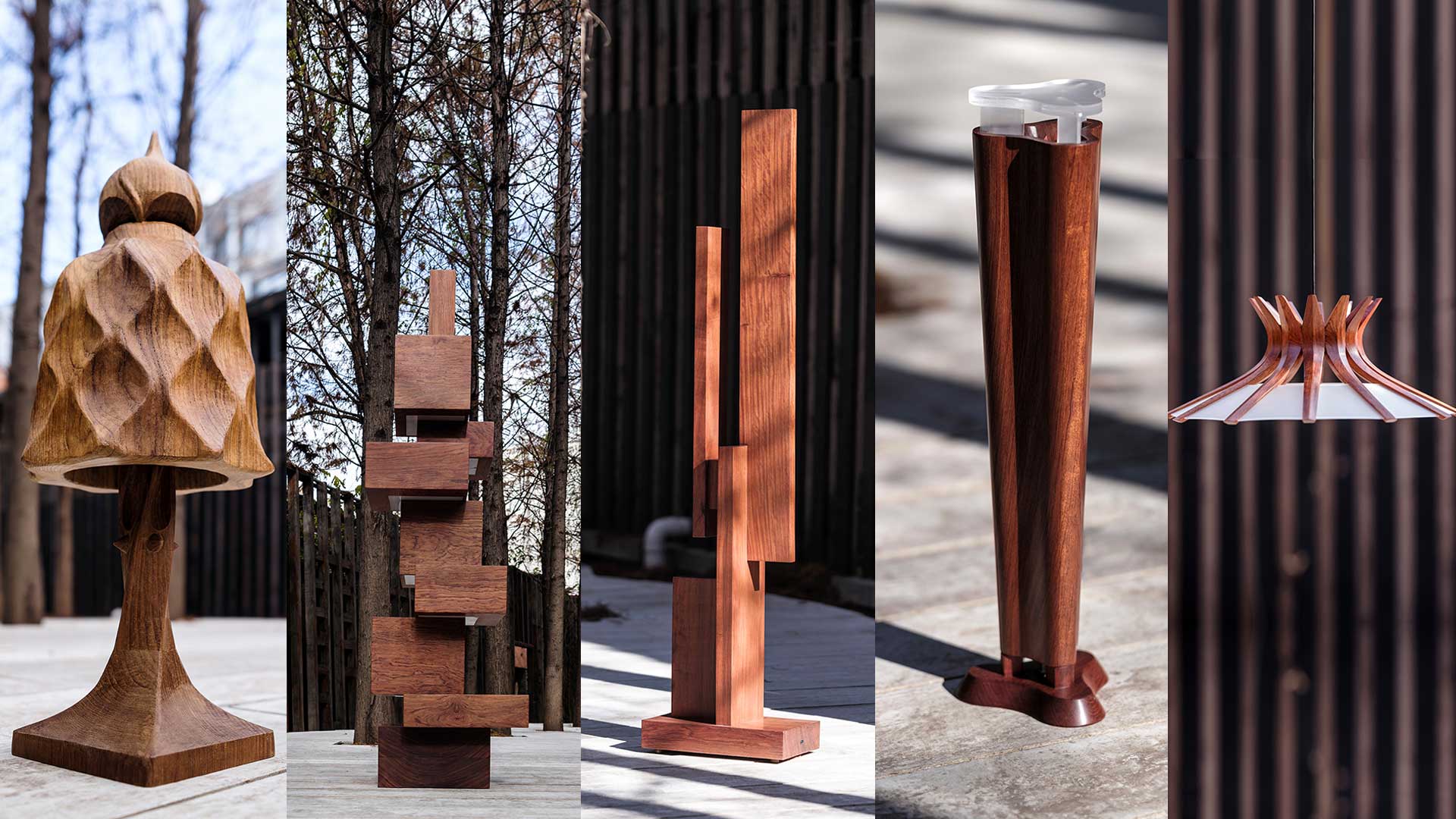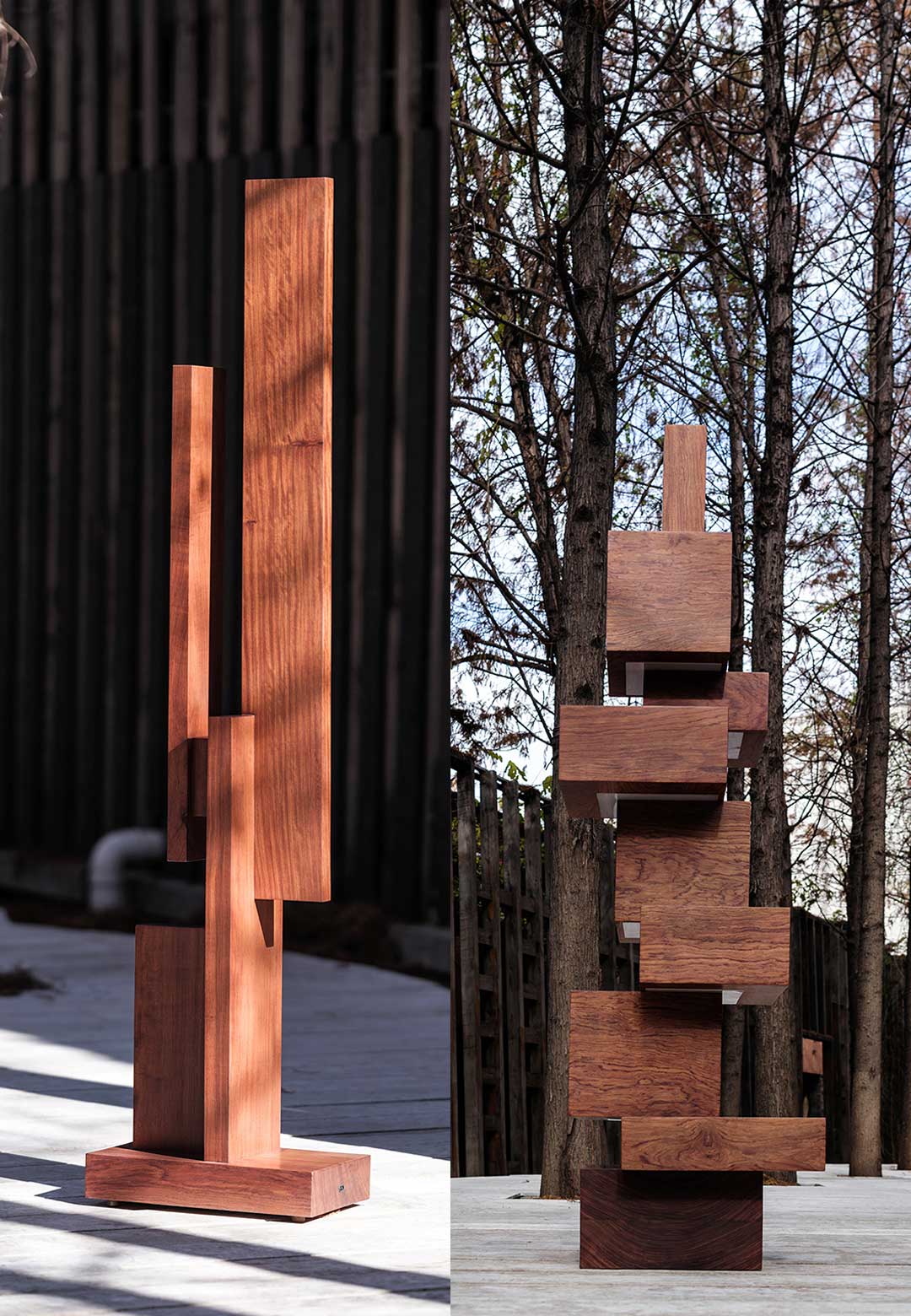Influence, homage, and imitation—Where does one end and the other begin? The question of what can be considered truly original and what cannot is one laden with layers of meaning and innate complexity. Referencing and refashioning exemplary instances of artistry is a practice that every creative undertakes at some point in their journey. From one perspective, the act of deconstructing the work of the greats is an intimate act, an exchange across barriers of distance and time, where the work being deconstructed gives pupils a glimpse of the persona that bore it.
“Architecture is the art of space, as well as the art of forms. Excellent architecture not only provides users with unusual spatial experiences, but also turns into a memory of the time it came into being because of its unique visual image. These visual memories are closely linked with the creators of each building. These individuals, with vivid characters and different life experiences, form a colourful visual world, recording the tides of the times,” says the design team at MINAX, in a statement. A Shanghai-based design practice, their latest lighting design collection, titled Game of Scale - Light of architecture lamps, explores the work of famed modernist architects, reinterpreting their form, scale, and materiality, to create sculptural sources of illumination in wood, tinged with a sense of familiarity.
Comprising five lamps, each product design is derived from the design language seen in a milestone project by a revered architectural mind. The buildings in question are Antoni Gaudi’s Casa Milà in Barcelona, Frank Lloyd Wright’s Fallingwater in Pennsylvania, Mies van der Rohe’s Barcelona Pavilion, Le Corbusier’s Unité d'Habitation in Marseille, and Oscar Niemeyer’s Cathedral of Brasilia, built for Brazil’s new capital. It is important to note here that references, in this case, are not intended to overpower the quality of the work and the craftsmanship that was involved in shaping the wood to their creative vision, but rather, the objective here is to pay respect to past designs of the highest order, and fashion new works for the present—in their image, engendering a sense of nostalgia.
“Buildings and lamps are not designed on the same scale. We selected the most distinctive features of form, plan, and details from these buildings, abstracted them and added lighting functions to make innovative practical objects,” shares the team at MINAX. They continue, “If the works created by architects are the translation of the environment and their own experience, then our design is the derivative creation based on the translation. The adjustment of scale strengthens the expression of the work and achieves a sense of familiarity that was lost for a long time. These buildings were originally containers of space, but now they have become containers of light.”
Handmade by craftspeople from MINAXDO, a team working under the practice’s guidance, the individual lamps have been made from rosewood and teak, each piece conveying an exquisite degree of detailing and proportion. Traditional Chinese mortise and tenon joints have been used to assemble the lamps, their surfaces glistening to highlight the natural wood grain textures playing out across them. From boxy geometric design to fluid, rippling shell forms, and everything in between, the collection takes over a century of modernist architectural evolution and abstracts it to a new scale and context.
The Casa Milà-inspired lamp, named ‘Soft’ adopts an undulating, mushroom-like form with a droplet-shaped crown, atop a twisting stem, evoking the structural forms seen on the roof of the seminal Art Nouveau residential building. Next, a series of boxy cuboidal volumes have been stacked in a staggered fashion for ‘Cascade,’ cantilevering over one another to emulate the modernist design language of Fallingwater, a seminal achievement in the Prairie style, now hailed as a defining moment in the development of organic architecture by virtue of how it is nestled above a waterfall. A subtle glow emanates from below each of the blocks in the assembly, casting the minimal design of the lamp in an ethereal light.
Evoking the slim, measured structural design of the Mies van der Rohe-designed German Pavilion at Expo 1929 in Barcelona, the third piece in the collection, named ‘Flow’ soars upwards, shifting the horizontality of the original structure into a more vertical orientation. On the other hand, the sculptural concrete towers, as seen on the roof of the Unité d'Habitation, form the basis of the collection’s fourth piece, ‘Randomness’ with a three-pronged wooden form that features a base in the style of a fidget spinner. Finally, ‘Bloom’ the lamp inspired by the Cathedral of Brasilia is the only suspended pendant-style fixture in the series, interpreting the expressive ribs of the structure in wood.
A play on scale and the different results it yields is perhaps the most potent feature uniting all the pieces, also serving as the source of the collection’s name. As the Chinese designers state: “One critical principle in architecture is scale. Appropriate scale is a prerequisite for a successful product design. The transition between different scales and the use of the visual qualities of classical architecture were important guidelines for us in creating the 'Light of Architecture' series. Together with abstract generalisation, the collection has been expanded to a new field of thinking. As stated in the The Literary Mind and the Carving of Dragons, “In depicting the external traits of an object and capturing its hidden momentum or spirit, it is advisable to vary one’s style in accordance with circumstances; in choosing one’s wording and poetic rhythm, one should mentally weigh all possibilities before deciding on the best one in response to a call from deep within.”






 Sign in with email
Sign in with email










What do you think?